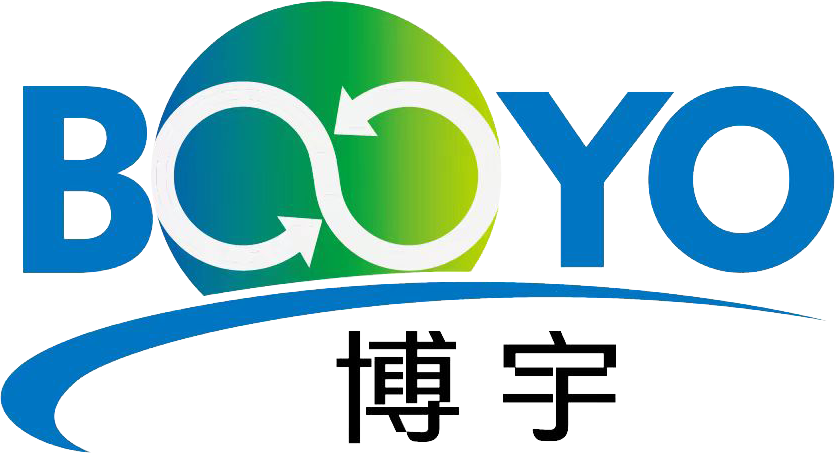
Our News
Find out about our latest news here.
Latest News
- ▶ Sulfur Degassing: Process Routes, Equipment, and Engineering Considerations
- ▶ Desander Skid Package for Oil, Gas, and Process Applications
- ▶ 185MW Condenser Successfully Completed Supporting APAC Pulp & Energy Development for APP Indonesia OK18
- ▶ Large Shell and Tube Condenser for Power and Process Industries
- ▶ Shell and Tube Heat Exchanger Cost Estimate: A Complete Guide for Buyers
- ▶ Iraqi Client Visited Boyu Industry for Technical Inspection of Condensers and Process Columns
Message
1. Introduction
The petrochemical industry operates with complex processes involving high temperatures and pressures, where efficient heat transfer is vital for plant safety, productivity, and cost control. Heat exchangers are essential components that enable heat recovery, process temperature regulation, and overall energy efficiency. They transfer heat between process streams—recovering waste heat, preheating raw materials, condensing vapors, and cooling products—to ensure stable and economical operation across the production line.
2. Key Functions of Heat Exchangers
Heat Recovery
Captures waste heat from hot process streams to reduce fuel consumption and overall operating costs.Feedstock Preheating
Preheating crude oil, natural gas, or other feed chemicals enhances reaction efficiency and decreases the load on furnaces and reactors.Condensation and Cooling
Condenses hydrocarbon vapors or cools liquid products before storage, transport, or downstream processing.Temperature Control in Reactors
Maintains optimal reaction temperatures to ensure product consistency, safety, and process stability.
3. Common Types Used in Petrochemical Plants
Shell and Tube Heat Exchanger
The most widely used design in refineries and chemical plants. It offers robust construction, high pressure resistance, and ease of cleaning and maintenance.Air Cooled Heat Exchanger (ACHE)
Suitable for regions with limited water availability, these units use ambient air for cooling process fluids, reducing water consumption and operational costs.Plate Heat Exchanger (PHE)
Compact and efficient, ideal for low-pressure applications and clean media where rapid heat transfer and easy maintenance are required.Spiral Plate Heat Exchanger (SPHE)
Designed for viscous or fouling fluids, offering high thermal efficiency and self-cleaning flow paths—widely applied in waste heat recovery systems.
4. Benefits
High Energy Efficiency
Maximizes heat recovery, minimizing energy losses and improving the plant’s overall thermal performance.Improved Process Stability
Enables precise temperature control for sensitive petrochemical reactions, ensuring consistent product quality.Environmental Sustainability
Reduces CO₂ emissions and enhances energy utilization, aligning with global carbon-reduction goals.Durability and Reliability
Constructed with corrosion-resistant materials such as stainless steel, duplex steel, or special alloys to withstand aggressive process environments.
5. Conclusion
In the petrochemical industry, heat exchangers serve as the core of thermal management and energy optimization. Their role extends beyond simple heat transfer—they ensure plant reliability, operational safety, and long-term sustainability. With advancements in materials, design, and digital monitoring, modern heat exchangers continue to drive efficiency and innovation across refining and chemical processing facilities worldwide.
PROFESSIONAL CONSULTATION
If you are interested in our products and want to know more details, please leave a message here, we will reply you as soon as we can.